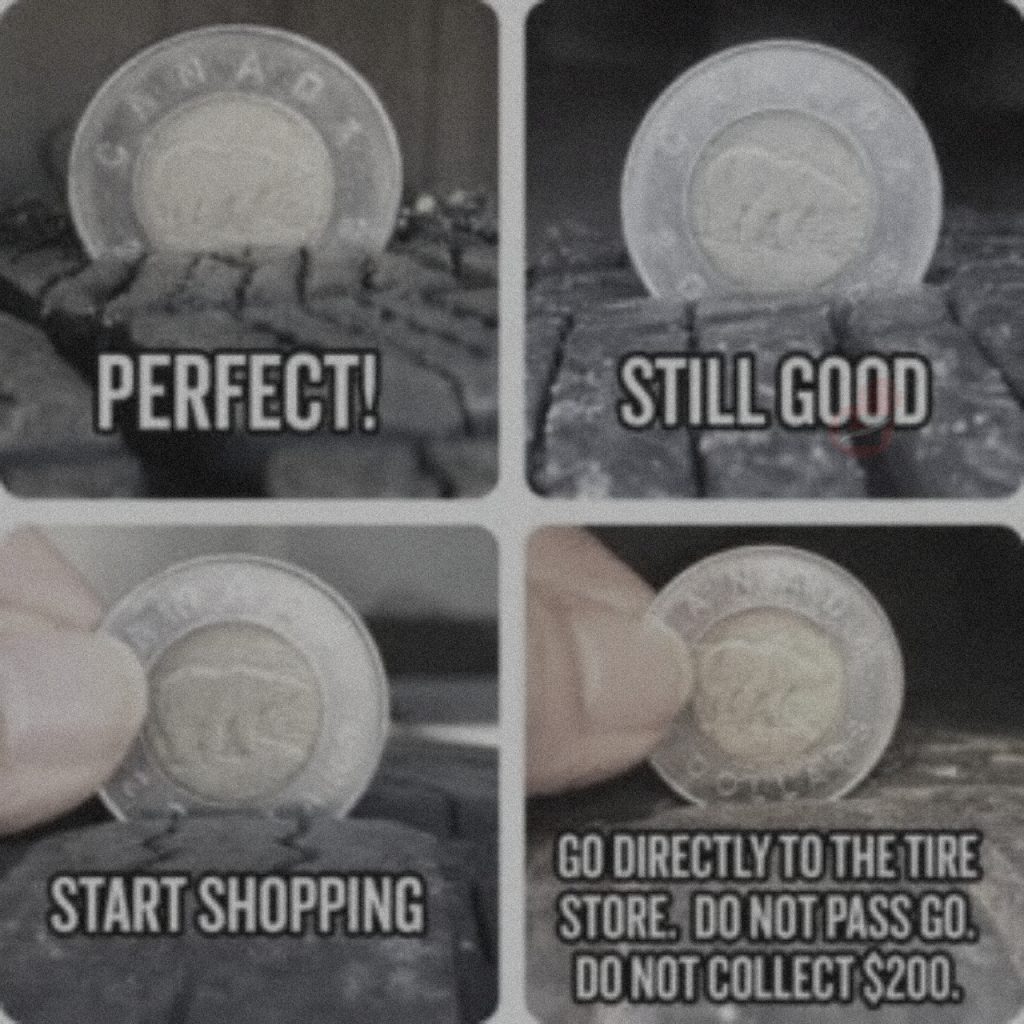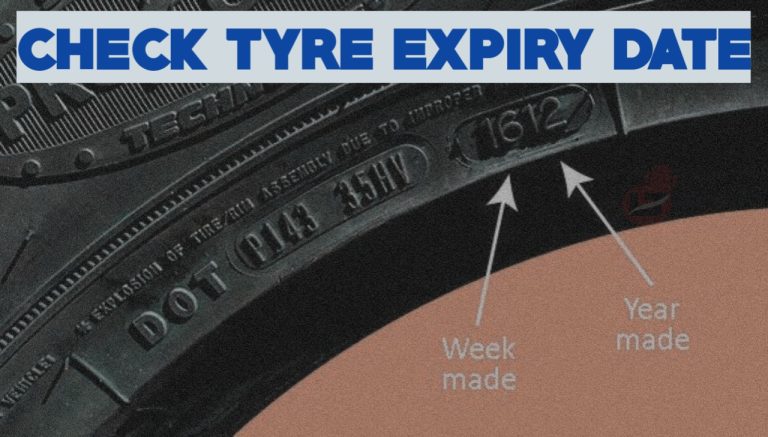It’s essential to check the expiry date of your tires to ensure they’re still safe to use.
Tires are a critical component of any vehicle, providing the necessary grip and traction to keep the car moving safely. However, like any other mechanical part, tires have a limited lifespan and need to be replaced periodically to ensure the continued safe operation of the vehicle.
One crucial factor regarding tire replacement is the expiry date, usually six years after being produced from the tire-building machine.
Tires past their expiry date are more likely to fail, which can be dangerous and cause accidents.
In this article, we will explain how to check the expiry date of your tires to ensure that they are still safe to use.
How to Check for Tyre Expiry Date
Checking the expiry date of tires shouldn’t be carried out only on existing tires, but it’s also mandatory while making type purchases so you don’t buy a tire that’s close to expiry or has already expired.
Here’s how to go about it;
- Firstly, you need to locate the DOT code stamped to the sidewall of the tires (it is usually 10 – 11 characters)
- Check for the last four digits on the sidewall; this represents the week and year the tire was rolled out.
- The first two digits of the code represent the week of the year, while the last two digits represent the year. For example, if the code is “1522“, the tire was manufactured in the 15th week of 2022.
- Once you’ve got the DOT Code, you can add the tire lifespan to the year of manufacture on the sidewall. For example, if your tire has a lifespan of six years and the DOT code is “1522“, the expiry date would be the 15th week of 2028 (2022 + 6 = 2028).
- You can also get the tire’s lifespan by subtracting the current year from the year of manufacture. For example, if the current year is 2024 and the tire was manufactured in 2014, the tire would be ten years old.
- Lastly, the output from the above calculations will decide if the tire is due for a change or needs maintenance.
Even though the lifespan of a tire varies from five to ten years depending on the manufacturer, its durability and reliability depend on the usage and storage conditions.
It’s also a good idea to check your tires for other signs of wear and tear, such as cracks, bulges, or uneven wear, which can also affect their safety and performance.
Also, remember that the tire’s warranty expiration date differs from the expiry date. The warranty expiration date is usually 1 or 2 years when the manufacturers are responsible for defects in materials or artistry. At the same time, the latter entails when the tire is of age and no longer safe to use.
Tyre Toonie Test/Tire Tread Depth Test
Most auto users often use the toonie or tire thread depth test to determine if a tire’s thread is still intact and safe. The toonie test uses a toonie (2-dollar coin) and doesn’t determine the tire’s age.
Insert the toonie into the threads of the tire, and If the top of the coin is visible, the tire tread is worn, and the tires should be replaced.

As I mentioned, this method is inaccurate, and tire organizations don’t promote it. Instead, you can use a tire tread depth gauge for this process.
Since the threads are responsible for providing grip, especially while driving on wet or slippery road surfaces, it’s advised that you change your tires when the tread depth is 4/32 of an inch or less.
How to Prevent Increased Tyre Wear Out
Depending on the condition of the road, it is almost impossible for the tire not to need a quick patch within a year.
Nevertheless, there are safety measures you can use to reduce the rate at which your tires wear out; some include;
- Avoid sharp braking
- Avoid over-inflating or over-deflating your tires (fill in the correct air pressure)
- Avoid parking cars for a long time on the tires
- Store tires in a cool, dry place
- Rotate your tires every 5,000 to 10,000 miles.
That’s all.
Conclusion
It is essential to regularly check the expiration date of your tires and replace them when they reach the age of 10. Doing so can help ensure your safety and that of others on the road.
RESOURCEFUL LINKS
— How Long Can You Drive On A Spare Tire
— Tire Sidewall Bubble – Meaning, Causes, and Possible Fixes
As an Amazon Service LLC Program Associate, V. Auto Basics earns from qualifying purchases. See Our Affiliate disclaimer.
